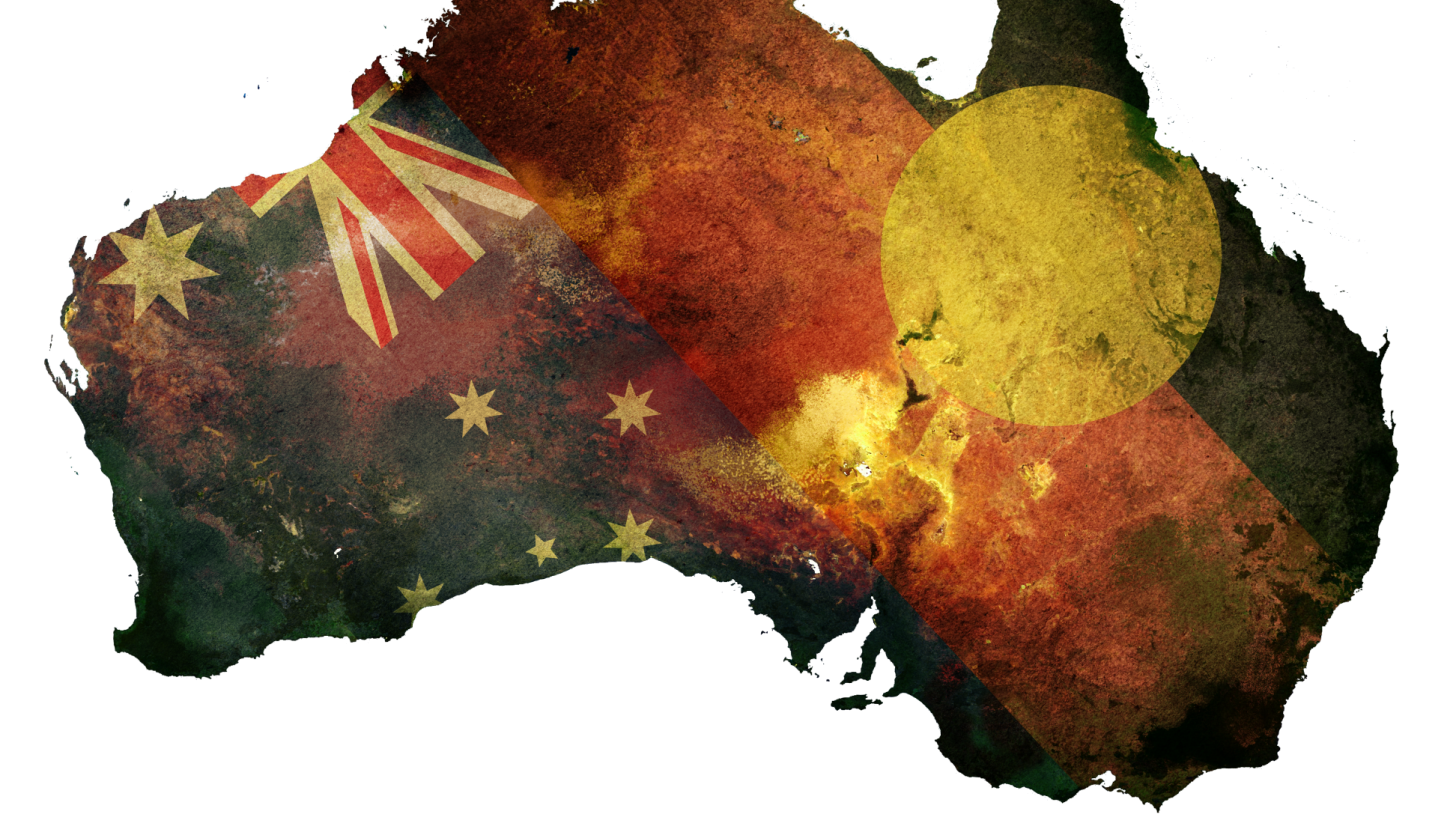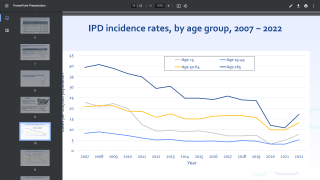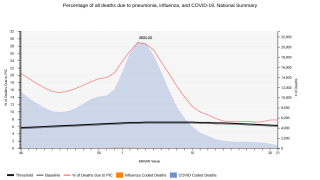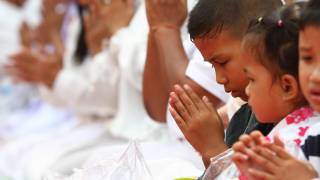Native Australians, Like Americans, Lack Vaccinations

A new study found that adult Indigenous Australians’ vaccination coverage for the flu and invasive pneumococcal disease is still “unacceptably low”.
This study published in the Australian and New Zealand Journal of Public Health on October 16, 2019, found that between 2004–05 and 2012–13, Indigenous Australians vaccine coverage improved from 23 percent to just 29 percent.
“We knew that compared to the general adult population for Australia, the coverage rates are substantially lower for Indigenous Australians for influenza and pneumococcal vaccines, and despite the passing of 8 years between national surveys, the rates were still so low,” said Fleur Webster, a Ph.D. candidate at UNSW Medicine, in a press release.
“The goal is for Indigenous Australians’ targeted vaccination coverage to be equal to or above the general adult population rates for Australia.”
Targeted vaccines are those vaccines where the National Immunisation Program (NIP) recommends a different age group for Indigenous Australians compared to the general population.
Influenza and invasive pneumococcal disease (IPD) are major causes of morbidity and mortality in Aboriginal and Torres Strait Islander (Indigenous) people.
Influenza (the flu) is a respiratory illness caused by influenza viruses that can easily spread to other people. It can cause mild to severe illness, and at times can lead to death. Some people, such as older people, young children, and people with certain health conditions, are at high risk for serious flu complications.
This is likely related to the fact that Indigenous adults have much higher rates of chronic disease compared to non‐Indigenous adults, the root causes of which are related to the social determinants of health.
Many of these conditions, such as renal disease, diabetes, and cardiac disease, are accompanied by a higher risk of severe outcomes from influenza infection and IPD.
Ms. Webster continued saying “Without data, it’s very hard to create effective vaccination programs that will lead to substantial improvements.”
“Much more frequent surveying will facilitate close monitoring and help targeted program delivery efforts – we know urban areas have much lower vaccination rates – so programs need to be customized by age group and location and must be culturally appropriate with input from indigenous stakeholders,” concluded Webster.
In the USA, influenza viruses and pneumonia rank among the top 10 causes of death for American Indians and Alaska Natives, says the Centers for Disease Control and Prevention (CDC).
Compared to the general U.S. population, American Indians and Alaska Natives are more likely to be hospitalized from the flu than the general U.S. population.
Data from 2015 found 39.3 percent of the age-adjusted percentage of Native adults aged 18 and over who received influenza shots in the past 12 months.
Furthermore, 60.3 percent of Native Americans received the pneumococcal vaccine.
Experts aren't sure exactly why, but reasons that these populations are at high risk of flu complications could include social and economic factors that often result in reduced access to health care and crowded living conditions, says the Indian Health Services (IHS).
The best way to prevent the flu is by getting vaccinated each year. Getting the flu vaccine each year can keep you from getting sick and keep you from spreading the flu to children and elders—those who can get very sick from the flu.
The flu vaccine is recommended for everyone– your whole family can get vaccinated, says IHS.
Vaccine news published by Precision Vaccinations
Our Trust Standards: Medical Advisory Committee
- What isn't measured isn't done – eight years with no progress in Aboriginal and Torres Strait Islander adult influenza and pneum
- Indigenous Australians’ vaccination rates too low and not improving
- CDC: American Indians and Alaska Natives (AI/ANs) are at high risk for flu complications
- Immunizations and American Indians/Alaska Natives
- American Indians, Alaska Natives and the Flu

























